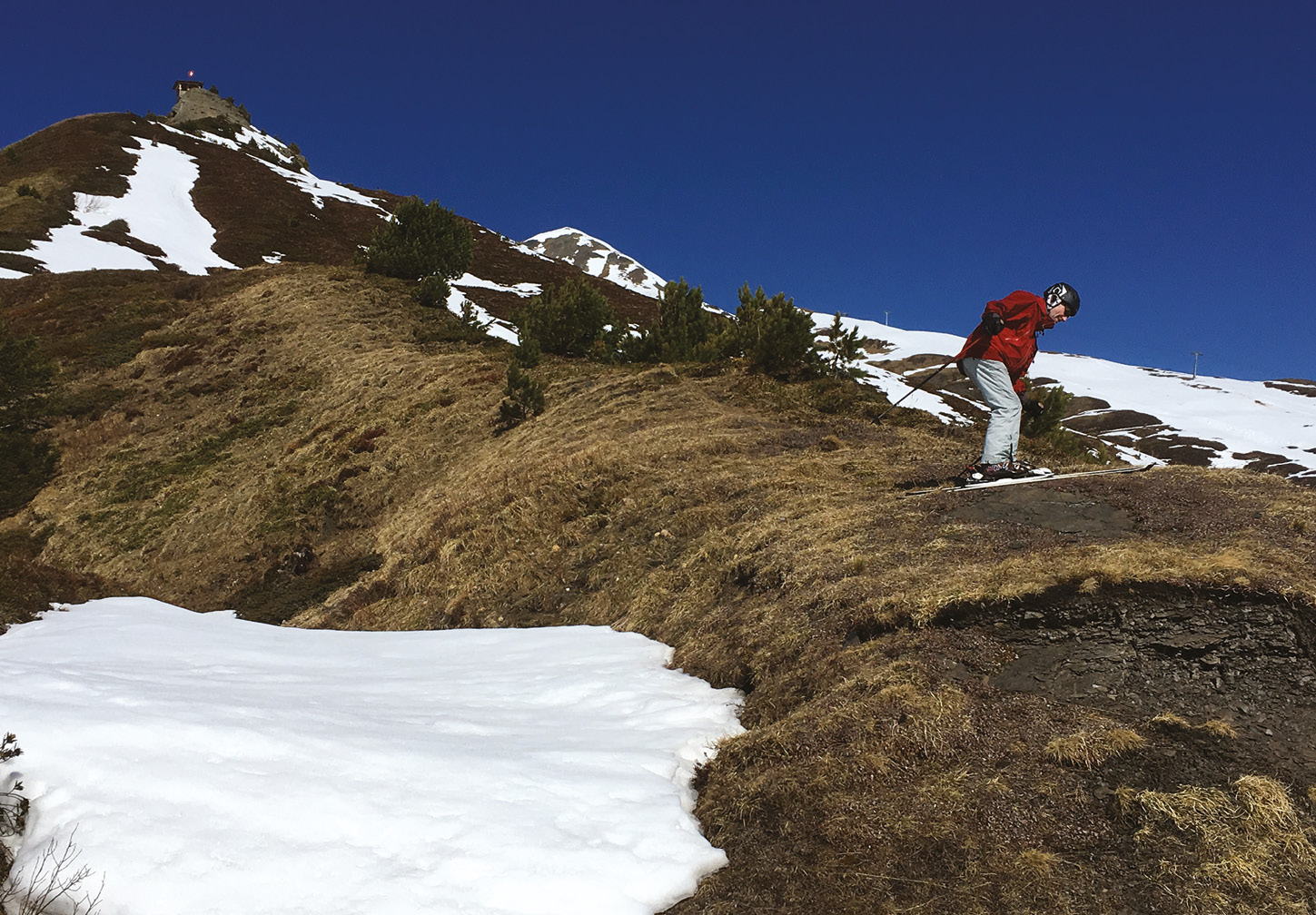- Home
- Publications
- PAGES Magazine
- Lessons Learnt From Paleoscience On a Possible 1.5–2°C Warmer World In The Future
Lessons learnt from paleoscience on a possible 1.5–2°C warmer world in the future
Hubertus Fischer, A.C. Mix and K.J. Meissner
Past Global Changes Magazine
25(2)
116
2017
Hubertus Fischer1, A.C. Mix2 and K.J. Meissner3
Bern, Switzerland, 5-7 April 2017
“Understanding past climate variations plays a critical role in improving predictions for the future.”
“The short time interval of direct observations hampers our understanding of climate variability and planetary boundaries but paleoscience can overcome this limitation.”
“The study of warmer time periods in the past will improve our understanding of climate/greenhouse gas feedbacks.”
or “The past is the key to the future.”
Statements like these are used in many paleoscience publications and often found in funding proposals. But what knowledge can we really gain on the changes our planet will experience in a 1.5-2°C warmer world, the challenging target of the Paris Agreement (http://unfccc.int/paris_agreement/items/9485.php), by looking at the paleorecord? Will a 1.5-2°C warmer world be a safe harbor and provide sustainable climate conditions for future societies? Will it avoid long-term tipping points that might have been crossed for a less-controlled future anthropogenic warming scenario?
These questions are at the very heart of PAGES. Accordingly, PAGES recently initiated an integrative activity on “Warmer Worlds” with the goal to bring together the expertise in PAGES working groups and the entire community, and to distill the relevant information on these questions. The Warmer Worlds integrative activity members met for their first workshop, jointly co-sponsored by PAGES and the Oeschger Centre for Climate Change Research of the University of Bern. The expertise of the 50 international scientists in the room covered the whole range of paleoscience, including a large spectrum of paleoarchives and climate models to reconstruct changes in the Earth system. Time scales covered ranged from warmer periods in the more recent Holocene (Wanner et al. 2008; PAGES 2k consortium 2013), past warmer interglacials in the Quaternary (Past Interglacials Working Group of 2016) and all the way back to the Mid Pliocene Warm Period (Haywood et al. 2016), the time period where CO2 concentrations similar to the ones expected for a 2°C warmer world were encountered for the last time (Martinez-Boti et al. 2015).
The state of our paleo knowledge on different aspects of Earth system changes in a warmer world was summarized during plenary talks and three parallel sessions. This included (i) latest results on past changes in biogeochemical cycles with a focus on potential rapid greenhouse gas releases during warmer periods and feedbacks involved during these transitions, (ii) ice sheet and sea-level changes illustrating equilibrium sea-level increases of more than 6 m in a 2°C warmer world (Dutton et al. 2015), (iii) sea-ice and ocean circulation changes in response to warmer boundary conditions, (iv) the response of vegetation and ecosystems, (v) the risk of fire, storm and flood events in warmer worlds, and (vi) the change in climate variability accompanying generally warmer climate conditions.
Furthermore, the workshop facilitated a unique community writing effort to create an authoritative assessment of paleo evidence that will inform us on different aspects of a warmer future. Five chapters for a review paper have been prepared in parallel using web-based editing tools by five sub-groups of participants. These chapters are currently being collated by the authors of this report into a coherent paper, addressing the following overarching topics:
• Can past climate states provide suitable analogues for future warming and its impacts?
• Impacts and feedbacks connected to past warmer climate.
• Changes in climate variability and extreme events.
• Rates of change and tipping points.
• Constraining climate sensitivity from past warm periods.
This paper is scheduled to be submitted later this year and will serve as the base for the paleoscience contribution to a special IPCC report (http://www.ipcc.ch/report/sr15/) currently in preparation.
affiliationS
1Climate and Environmental Physics, Physics Institute & Oeschger Centre for Climate Change Research, University of Bern, Switzerland
2College of Earth, Ocean, & Atmospheric Sciences, Oregon State University, Corvallis, USA
3Climate Change Research Centre and ARC Centre of Excellence for Climate System Science, University of New South Wales Sydney, Australia
contact
Hubertus Fischer: hubertus.fischer climate.unibe.ch
climate.unibe.ch
references
Dutton A et al. (2015) Science 349: aaa4019
Haywood AM et al. (2016) Nat Commun 7: 10646
IPCC (2013) Climate change 2013 - the physical science basis, Cambridge University Press, 996pp
Martinez-Boti MA et al. (2015) Nature 518: 49-54
PAGES 2k consortium (2013) Nat Geo 6: 339-346
Past Interglacials Working Group of PAGES (2016) Rev Geophys 54: 162-219
